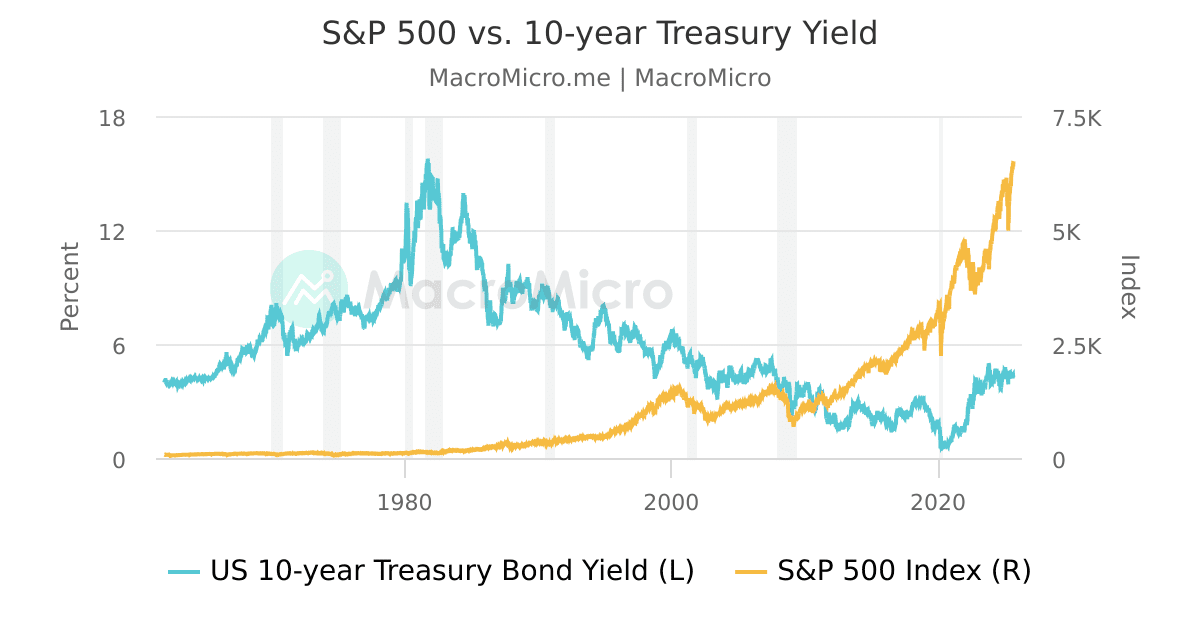So, just to throw a wrench in the works: Yeah, I can see where electric brakes might be cheaper than running around with all those pistons, cylinders, hydraulic fluid lines, and reservoirs. But.. while Brake Failure is a Thing (hit the brakes, pedal goes to the floor and Nothing!), it's exceedingly rare. And it's rare because, well, it's
reliable.
- There's not just one brake system in Ye Standard Car, there's two! Front left/Rear right and Front right/Left rear are independent, so if one gets a brake line ripped out, one loses two wheels but keeps the other two. It's not ideal, sure, but it's better than the alternatives.
- Direct physical connection between the brake pedal and all those brake cylinders back there. Lose power steering and one can still stop the car, albeit with a lot more shoving on the brake pedal. So, even if The End Is Nigh for the ICE engine or all the electrics in a Tesla, one can still stop the car. Again, not ideal, but sure better than the alternatives.
- People have been designing and building brakes for a very long time. Known technology on a safety-critical system.. sounds like a good idea.
So, I'm willing to entertain the idea of ebrakes. But, sure and begorrah, whatever form those things take, they had better have at least the reliability of ye olde fashioned hydraulic systems. And not just an overall reliability figure, but the ability to Not Crash The Car When Things Go Wrong. (Fail On, mentioned above, gives me the willies: Suppose that a fuse goes blooey whilst one is barreling down an interstate in heavy traffic at 70 mph? One Does Not Want Screetch The Tires Braking in such a situation.)
There might be other, mechanical parallel solutions that gives one a measure of control when the primary braking is toast. My old '71 VW Beetle had honest-to-golly cables going to the rear drum brakes for parking brake purposes. That came in handy the day my shoelaces (!) got snagged around the brake pedal, preventing me from putting my foot on the brake to avoid a stopped car immediately ahead. Pulling the emergency brake and turning sharp right onto a curb saved the day. Although I guess that using my left foot would have worked, too.
Main point: ebrakes had better be
more reliable and fault-tolerant than the current hydraulic solution. Otherwise, there will be bodies.





